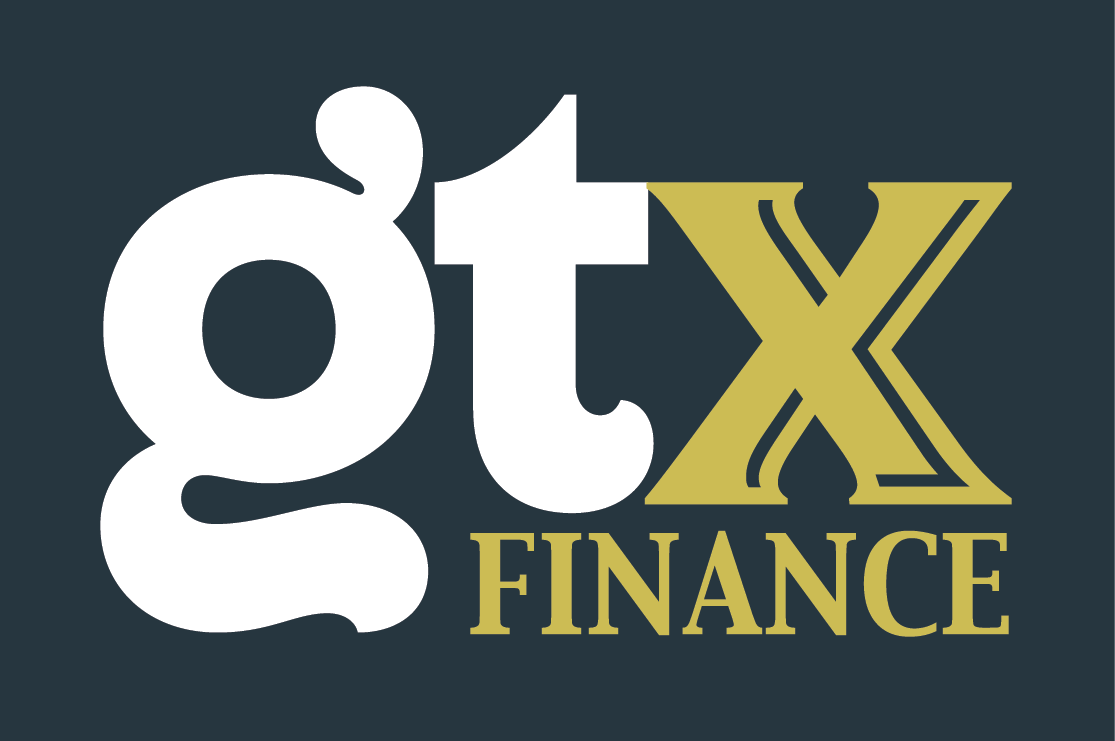The question of whether a financial plan looks reasonable manifests itself in dozens of different ways. Are we hiring too fast/slow? Are we investing enough/too much in marketing? R&D? Is our demand plan too aggressive/passive?
Of course, the answer to all of these questions is that universal and most annoying non-answer: “It depends”. It depends on your Company’s goals and your strategy to achieve those goals. That’s a pretty obvious and useless observation in and of itself, so let’s drill down.
Unless your company has developed a business model that defies the laws of physics, your mission can probably be boiled down to two goals:
Don’t die
Create value
Don’t Die
Goal 1 is really more of a parameter than a goal, but I like to include it on par or ahead of everything else because it’s SO IMPORTANT. This quote from the a16z blog drives that point home:
“Should a business spend every penny wisely? Absolutely. But don’t run out of cash. Is equity dilution something to be avoided? Sure. But don’t run out of cash. Can too much cash cause a business to solve problems with money rather than culture? Yep, but don’t run out of cash. Can innovation be greater when a company has less capital on hand? Yes, but don’t run out of cash. Oh, and did I mention: don’t run out of cash.”
The solvency of your business should be top of mind as you put together a financial plan. Assume things will go wrong. Build in a buffer and have a plan B.
Create Value
This is the tricky part, because “create value” doesn’t always mean “create cash”. Without getting too much into business management theory, let’s define the hierarchy of a company’s road map as follows:
-> Value hypothesis - We believe an opportunity to capture significant value exists
--> Goals - If we can accomplish XYZ goals, we will be in the best position to capture said value. Also, don’t die.
---> Strategy - This is how we will accomplish the Goals
Financial planning comes into play between the Goals step and the Strategy step. To illustrate how, let’s look at three types of Goals categories that cover many, if not most, early stage companies:
1. Milestone based goals
This is for companies that may be in the developmental, experimental or market testing phase. Their milestones might have to do with product development, conversion rates, engagement, or quality assurance.
Financial planning and strategy: If your company’s primary goals for the year are outside of the realms of growth and profitability, then you are going to want to pay very close attention to the “don’t die” mantra. You should structure your hiring and R&D investment such that you can ensure that a major milestone exists between today and your cashout date, with enough buffer time to go out and raise money (or make money!) on that milestone. Any investment spent on marketing or partnerships should pay for itself in a measurable, tangible way.
2. Growth based goals
Your product is ready for the market and the customers that you do have are happy campers. Now it’s time to obtain users, sign clients, ramp up conversion or whatever your growth metric may be.
Financial planning and strategy: Growth is generally not something that you want to do on a shoestring budget. Companies targeting greater than 50% year over year growth should have a war chest at the ready to deploy for any number of roadblocks, predicted and unpredicted, on their path to capturing the market. Marketing dollars should be spent liberally, but deliberately. To this end, you should outline acquisition per marketing dollar targets at the beginning of the year to track your progress. With respect to “not dying”, map out a Plan B to see how things look if growth initiatives do not go as planned. Otherwise you may be throwing a Hail Mary without realizing it.
3. Profitability based goals
Whether your Company has already achieved its growth goals, or the idea was to be profitable from the start, you’ve landed on a revolutionary strategy: create value by earning money!
Financial Planning & Strategy: For companies chasing net income, the value creation question becomes much more complex. At a high level, in most cases, it can be boiled down to some combination of focus on efficiency and volume. Efficiency strategies are going to focus on reducing costs and increasing per customer revenue while maintaining product quality and customer satisfaction. Volume strategies will focus on obtaining more customers. When profitability is the goal, your budgets will speak for themselves and force a conversation about what can be accomplished with limited resources. If the bottom line in your forecast changes from black to red, you know you need to take another look.
A financial plan should be strategic (why are we doing this?), achievable (can we do this?) and in some cases, flexible (what if we’re wrong?). If you start the planning process with these goals in mind, you are far less likely to end the process, staring at an income statement and wondering: “does this make sense?”
*****
Questions, comments, requests for blog topics? Email blog@gtxfinance.com. Sign up to follow the blog here.
